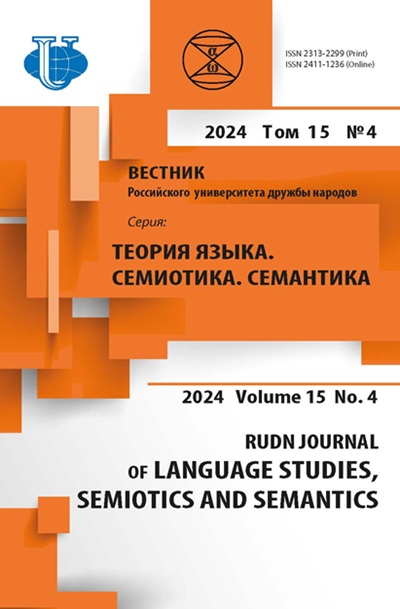Abstract
The types of sentences and functions of a predicate in contemporary Korean are analyzed in this article. There are also examples, in which the predicate is highlighted as the main part forming a sentence into a communicative unit. Other grammatical forms of a predicate are also possible. Besides, a predicate takes place at the end of a sentence, which defines it as a basis for ending affixes. Ending affixes, in their turn, are grammatical indicators, realizing different styles of language and taking part in transference the emotional meaning of a sentence.













